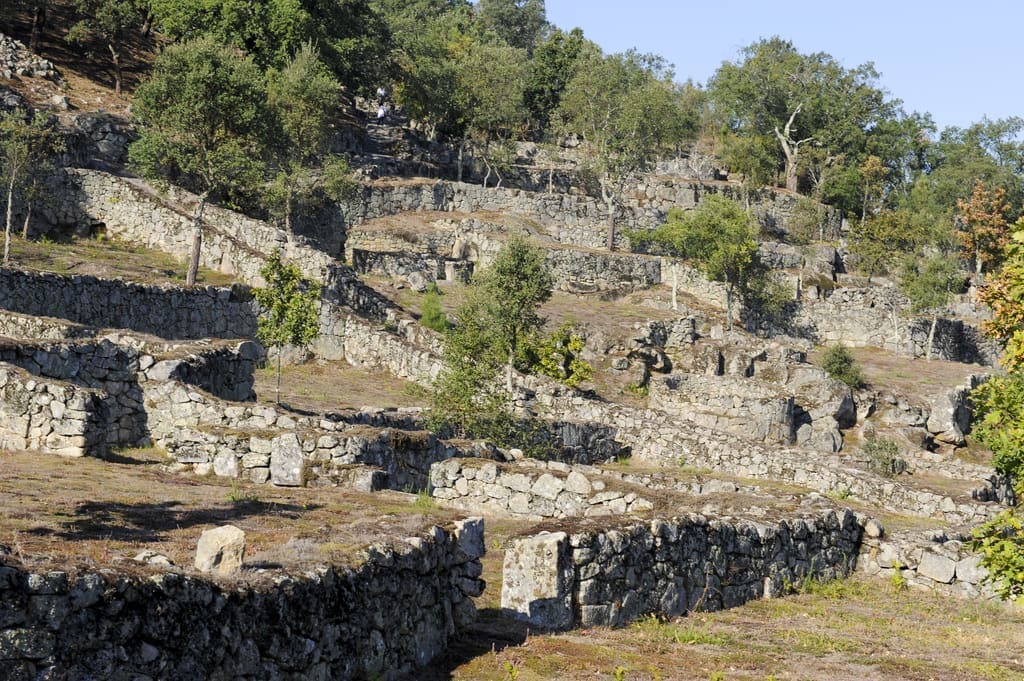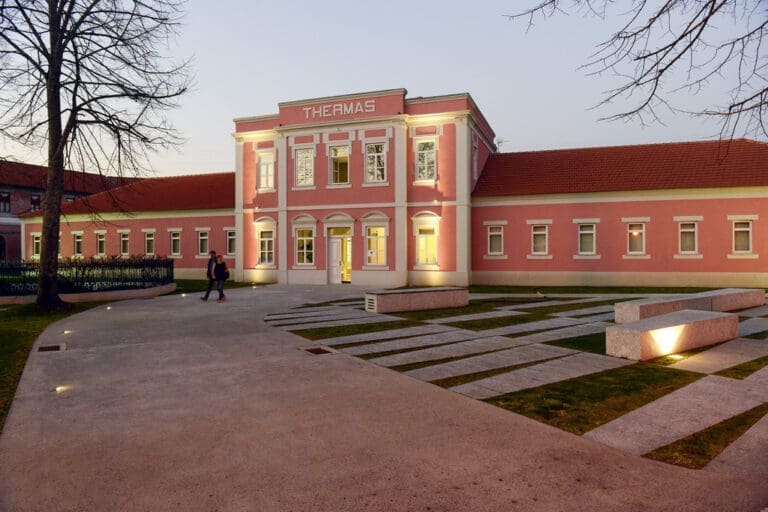Citânia de Briteiros is one of the most expressive protohistoric settlements in the Iberian Peninsula, both for its size and for the monumentality of its walls, its urban planning and its architecture. Its study began in 1874, when Francisco Martins Sarmento (1833-1899) led the first campaign of archaeological work. In the following years he continued to discover ruins and decided to buy the land where the fort is located, in an unprecedented gesture in Portugal.
In the 20th century, several archaeologists, including Mário Cardozo, resumed excavation or restoration campaigns. As a result of successive works, an extensive area of ruins is now visible, both on the upper platform (acropolis) and on the eastern slope. However, despite the study campaigns already carried out, the subsoil of the town still hides many secrets and valuable scientific information.
Protected by four different lines of walls and integrating several residential districts, public areas, areas for livestock housing, paved streets and two bathing structures, Citânia de Briteiros is one of the first citanias known in the Northwest of the Iberian Peninsula. The archaeological site has a total area of 24 hectares, with the visitable surface, corresponding to the excavated area, being an area of 7 hectares of discovered ruins.

 Guimarães, Northern Portugal
Guimarães, Northern Portugal













